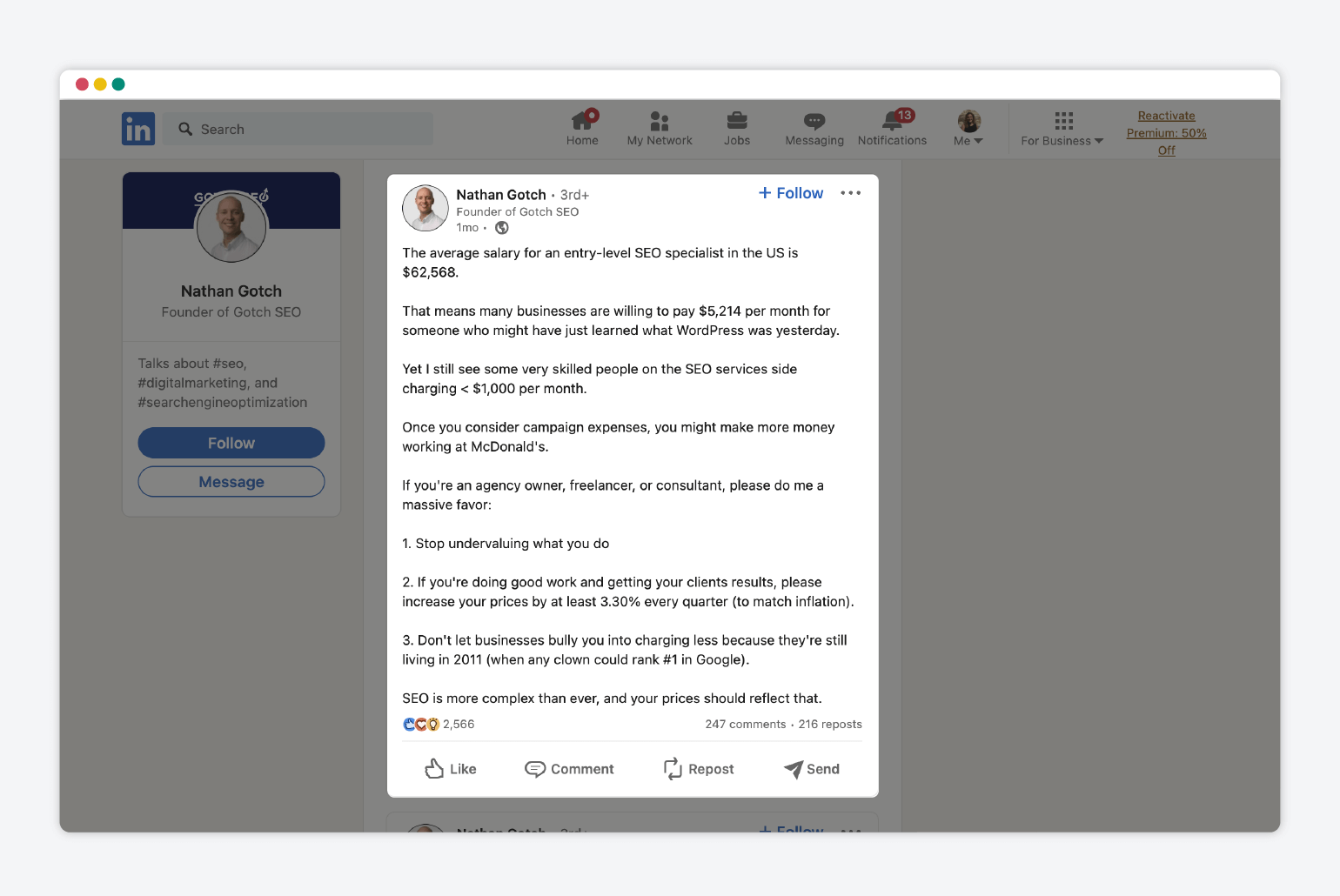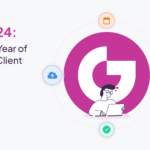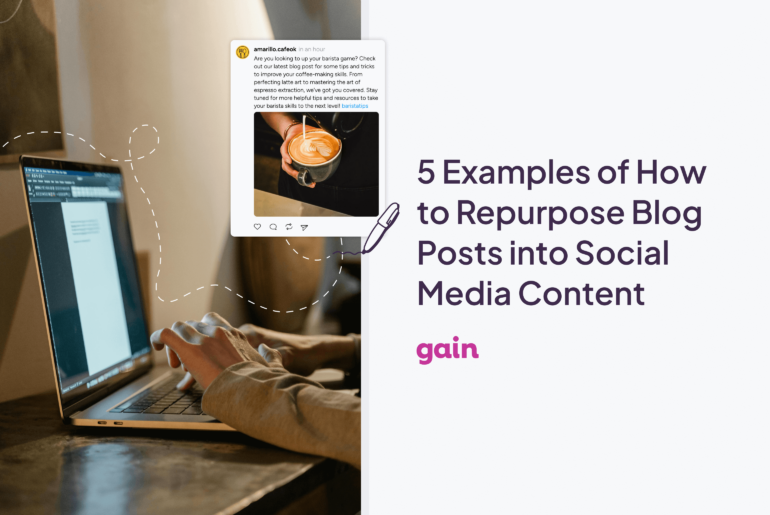Photo by Mikhail Nilov from Pexels
‘How to price social media management services?’ is a question that plagues many agencies.
Whether you’re a brand new agency or you’ve been around for some time, determining the right price for your social media services isn’t easy.
So, how do you set the ideal pricing for your social media management services to ensure your agency earns a good profit and stays competitive? Read this guide to learn the best tips and tricks.
Social Media Management Pricing Overview
Determining the pricing for your social media management services is a complex task. A lot depends on things like the size of your business, the range of services you offer, your level of experience, the tools you employ, and several other elements.
When it comes to setting rates, they can range significantly. For basic services, prices might start at around $1,000 per month. However, for more comprehensive social media management packages, the cost can go up to as much as $20,000+ per month.
To better understand the rationale behind these pricing figures and to accurately price your services, let’s discuss the various factors that influence pricing.
What Factors Determine Social Media Management Pricing?
Type of Services
When setting prices for your social media management services, start by defining your service scope. Ask yourself, what will your agency offer? Will you focus on creating and scheduling content for clients, or are you aiming to provide comprehensive packages that include SEO optimization, influencer collaborations, and paid advertising management?
The variety, complexity, and extent of your services will be the key determinants of your pricing structure.
Strategy and Planning
Another aspect that can influence pricing is strategy and planning services. If you decide to include these services in your packages, you can certainly set higher prices.
Strategy and planning involve extensive research, competitor analysis, and audience segmentation, which might require additional expertise and therefore cost more for your agency to deliver.
Coverage of Social Media Platforms
The number and type of platforms covered can affect pricing. A package covering Facebook, Instagram, and Twitter might be priced differently than one that also includes emerging platforms like TikTok or specialized ones like LinkedIn.
Here’s a list of average prices for different types of social media platforms as per The Content Factory’s estimates:
- X (formerly Twitter): $2,000-$4,000 per month.
- Facebook: $2,500-$5,000 per month.
- Additional channels like LinkedIn, Snapchat, and Pinterest: $1,000 or more per month for each.
Community Management
90% of marketers say that building an active online community is super important to a brand’s success. Therefore, many businesses look for agencies that can engage with the audience, moderate comments, and manage their online presence.
If you decide to offer community management services, you can certainly charge more.
Analytics and Reporting
Social media clients expect results, meaning you’ll need to offer some form of analytics as part of your packages. While your social packages might have some basic analytics factored in, consider offering more comprehensive reports. For these, you can certainly bump up your prices or charge separately.
Location
Location plays a significant role in determining your pricing strategy. If your target customers are in high-income areas or if you’re aiming for luxury brand clients, you’re generally in a position to charge higher rates. This is because the market expectations and financial capacity in these segments tend to support premium pricing structures.
Client Industry
The industry of your client can also dictate pricing. Niche industries or those with high competition often require more specialized services. For example, if you’re an agency serving the finance and healthcare sectors, you can potentially charge higher fees due to the specialized knowledge required.
Tool and Software Usage
As your agency grows, you’ll need some software tools, which are part of your overhead expenses. Initially, you might not need any fancy software, but as you expand and want to make your work more efficient, you’ll want to automate parts of social media management. That’s when you’ll need social media tools, and it’s important to include their cost in your pricing.
How to Price Your Agency’s Social Media Management Services
Determining the right pricing for your social media services is about striking a delicate balance: charge too little, and you risk undervaluing your services; charge too much, and you might drive potential clients away. Follow these 5 steps to find your sweet spot:
1. Understand the Market
Market research, particularly analyzing your competitors, is an excellent starting point for setting your prices. However, don’t just copy your competitors. Instead, use this information as a benchmark to inform your own pricing strategy.
Here’s what to consider in your competitor research:
- Identify key competitors who offer similar services.
- Examine their pricing structure. Do they charge hourly, by project, or offer a monthly retainer?
- Assess the scope of their services in relation to their prices.
Also, don’t forget to analyze the demand for specific social media services that you offer. If you specialize in niche services, consider whether there will be enough clients with the appropriate budgets to sustain a profitable agency.
Finally, gather client feedback. Conduct surveys and conversations with existing clients or leads to understand what they value most in social media services.
By doing all of the above, you can structure your services to align with market needs.
2. Do Cost Analysis
When setting up your prices, you gotta know your costs inside out. You don’t just want to make ends meet—you want to make a healthy profit, right?
With this in mind, you need to figure out your direct and indirect costs. These are:
- Team members’ salaries
- Administrative expenses
- Office space
- Subscriptions
- Marketing costs to reel in new clients.
Once you’ve got all these costs down, it’s time to add your profit margin. This is where you get to play smart. Your profit should show off the value and expertise you bring to the table. It’s what keeps you in the game and your services in demand.
Your numbers should add up nicely. If they don’t, you need to revisit your business model and adjust accordingly.
3. Implement Value-based Pricing
One of the best ways to price your social media services is to implement value-based pricing. This method emphasizes the real-world benefits your services bring to clients like increased brand visibility or sales, rather than just the effort you put in in terms of resources and hours worked.
Firstly, figure out the tangible results you deliver. Do you improve brand recognition or drive sales? Quantify these advantages in terms of business growth or revenue.
Next, communicate this value effectively. Use case studies, testimonials, and hard data to show how you’ve benefited others, highlighting the potential ROI for new clients.
Pricing in this approach means you’re selling not just a service, but a solution to a business problem. Your prices should mirror the strategic edge you provide, focusing on effectiveness, not just being the cheapest.
4. Explore Strategic Pricing Models
Another thing you must decide on is what pricing model you’re going to implement. There are several models to consider, each with its pros and cons. Here’s a lowdown of each:
Hourly Pricing:
A pricing model where remuneration is based on the number of hours worked on a client’s project.
- Pro: Provides transparency and ease of tracking, ideal for smaller projects or new businesses.
- Con: Caps earning potential to the hours worked, potentially limiting revenue.
You’re most likely to charge hourly rates for social media consultancy or strategic direction.
Retainer-Based Pricing:
This model involves a fixed monthly fee for a predetermined set of services.
- Pro: Offers predictable income and facilitates resource planning, fostering long-term client relationships.
- Con: Less flexibility in adapting to changing project scopes or unexpected workload.
Take a look at the pricing options from WebFX, a digital marketing agency, that provides clear deliverables for each tier:

Project-Based Pricing:
Charging a flat fee for a specific project with clearly defined deliverables.
- Pro: Can be more profitable for larger, one-off projects, especially if completed efficiently.
- Con: Requires precise estimation to ensure profitability and manage scope creep.
Combining Models:
Using a mix of pricing models to cater to different project types or client needs.
- Pro: Offers flexibility and the ability to tailor pricing to specific client requirements or project types.
- Con: Potentially complex to manage and communicate to clients, requiring clear guidelines and agreements.
Ultimately, the pricing model you’re going to choose should take into account clients’ needs, the nature of services, and your operational capabilities.
5. Adjust Your Pricing Strategy over Time
The world of social media is always on the move. New platforms pop up, algorithms shift, and suddenly, there’s a surge in demand for services we hadn’t even thought of yesterday. These are just a few of the signs that it’s time to adjust your pricing.
Take a moment to think about your agency’s journey. As you rack up experience and notch successes, the value of what you offer naturally climbs. This growth in skills and results should be mirrored in your prices. After all, you’re not just bringing more to the table—you’re bringing better.
Listening to your clients can also give you clues about when to adjust your rates. If they’re raving about a specific service, it’s a sign that this offering is hitting the mark. That’s your cue to consider upping the price tag a bit.
An SEO expert, Nathan Gotch, shares his two cents on pricing services as an agency, arguing that agencies should, as a minimum, ‘increase prices by at least 3.30% every quarter to match inflation.’

That said, before you hike up your prices, communicate any changes to your clients well in advance.
The Bottom Line
The optimal price for your agency’s services will depend on the quality of your work, your costs, the competitors’ prices, and the perceived value of your services.
Remember to factor in all the relevant aspects, do your homework, and be prepared to explain to your clients why your rates are what they are.
Once you have your initial pricing figured out, don’t be afraid to adjust it over time to see what sticks, i.e., generates enough demand for your services.
Searching for a social media management tool to make client feedback and content approvals stress-free? Gain lets you effortlessly craft content for all your social media platforms and set up automated approval workflows for all your brands, teams, and clients. Once content is approved, it’s published automatically, allowing you to easily scale your operation when the time comes.
Book a free demo, and we’ll show how you can manage social media clients at scale without increasing the size of your team, using Gain.






